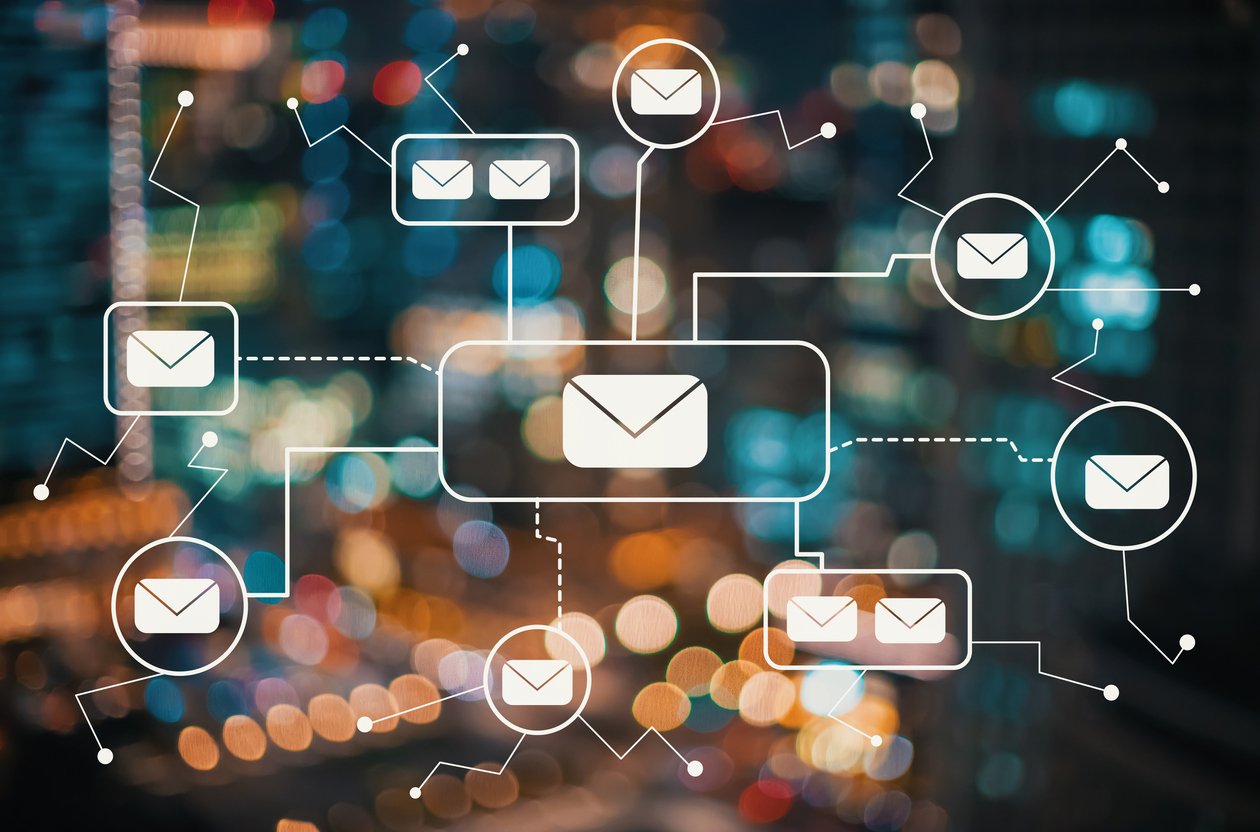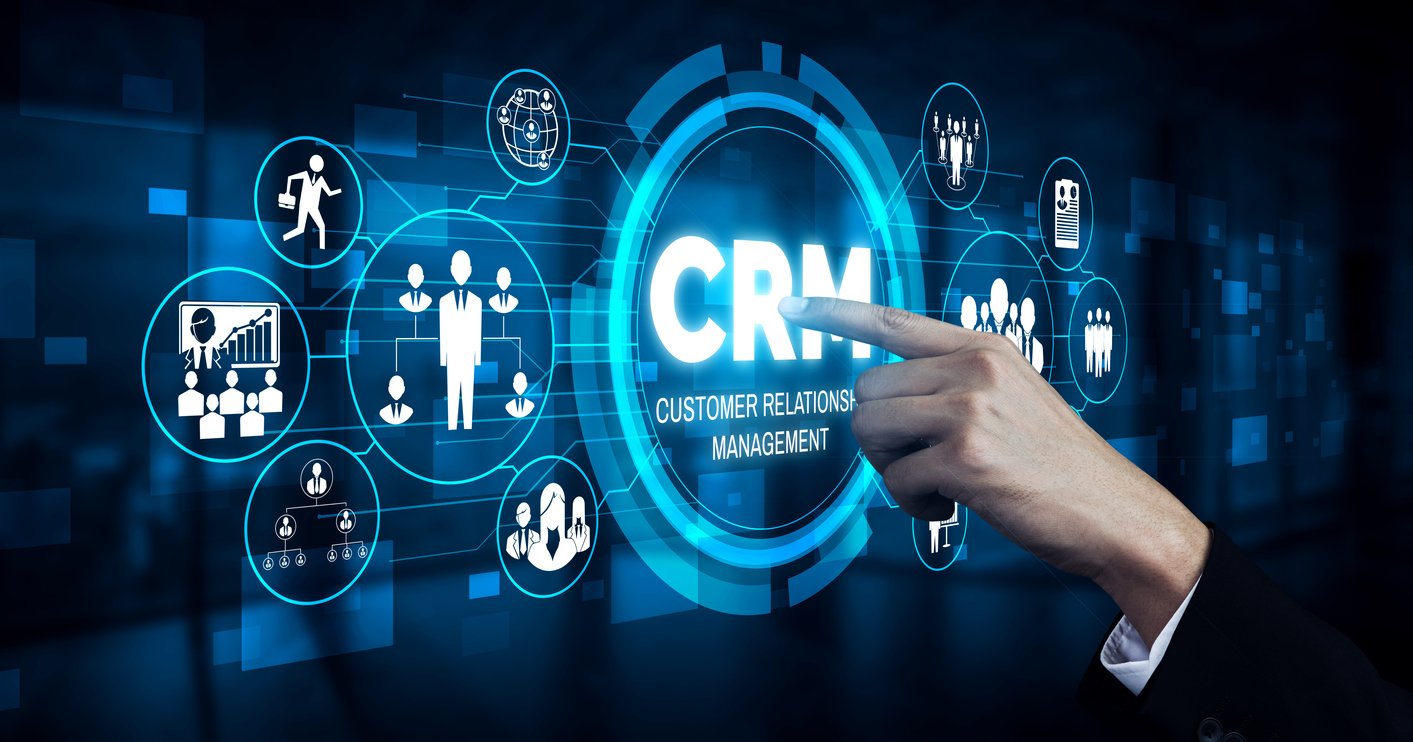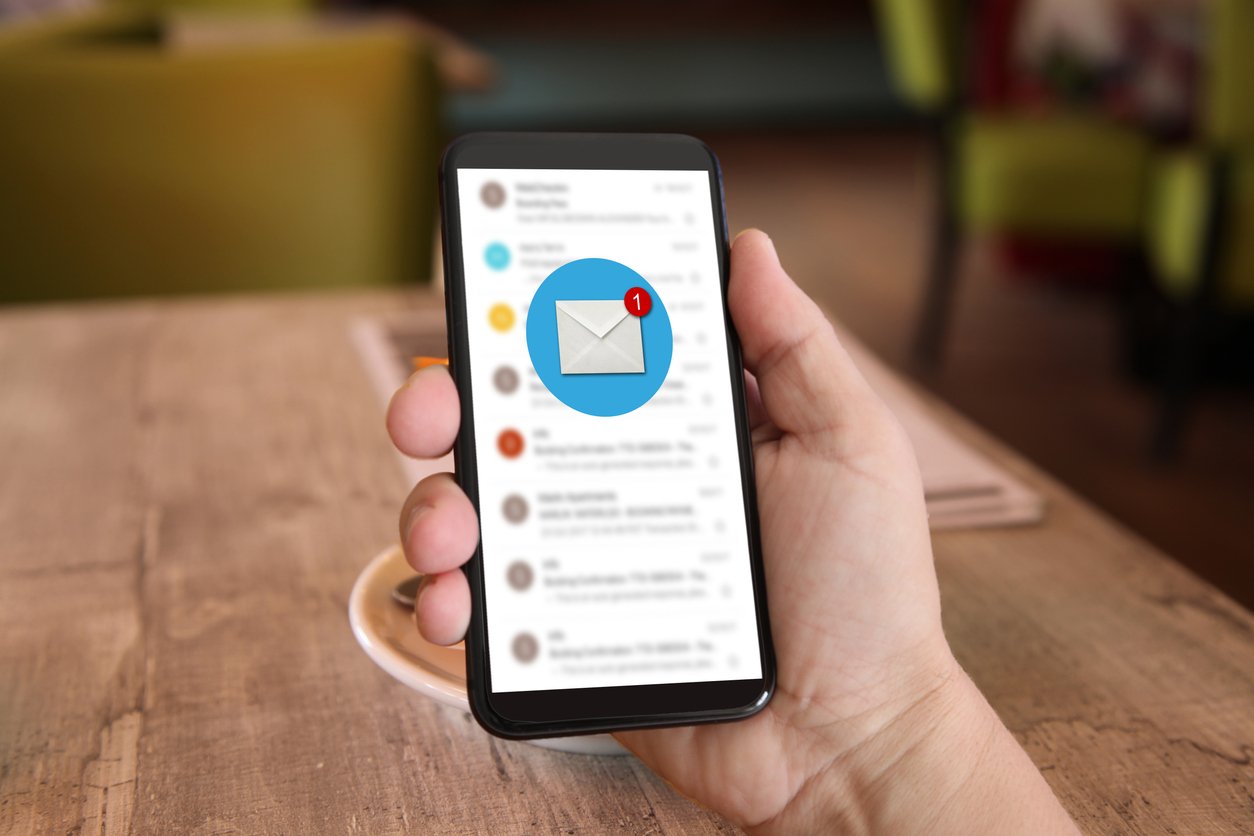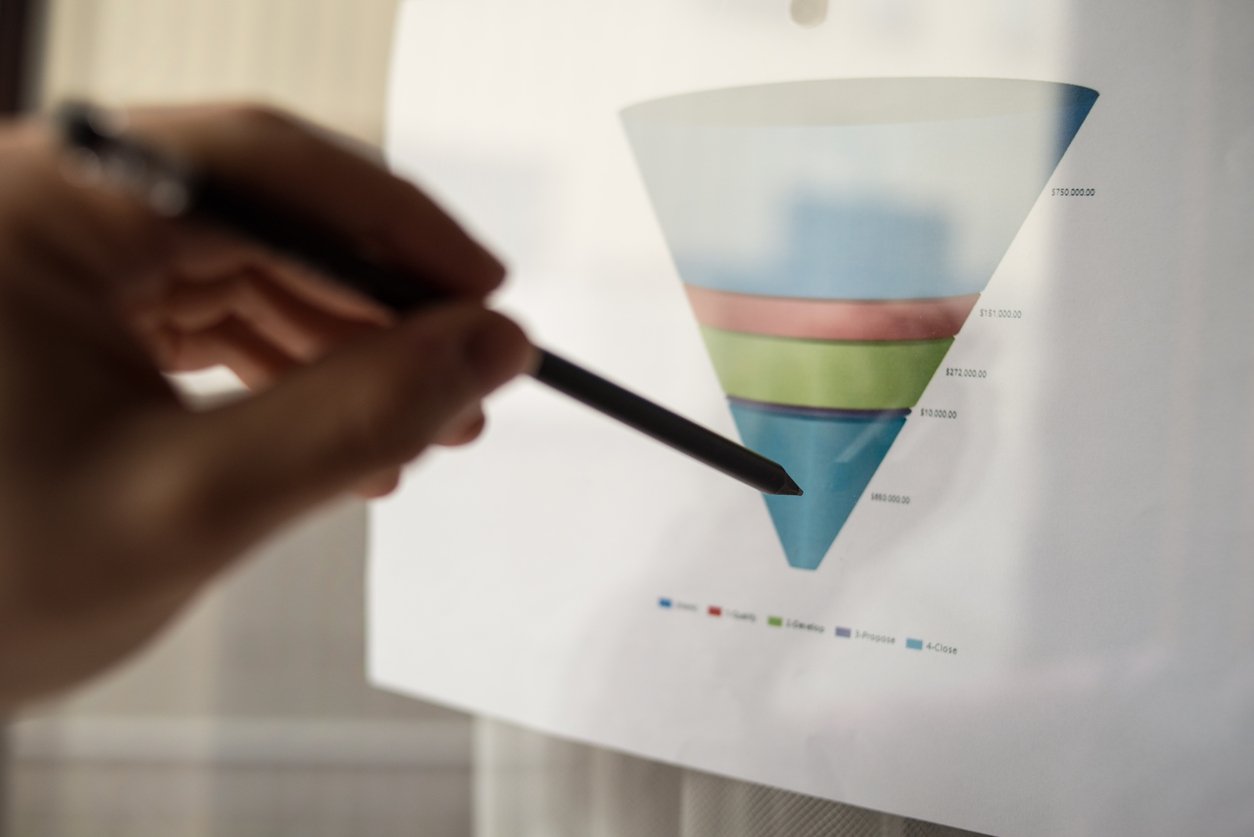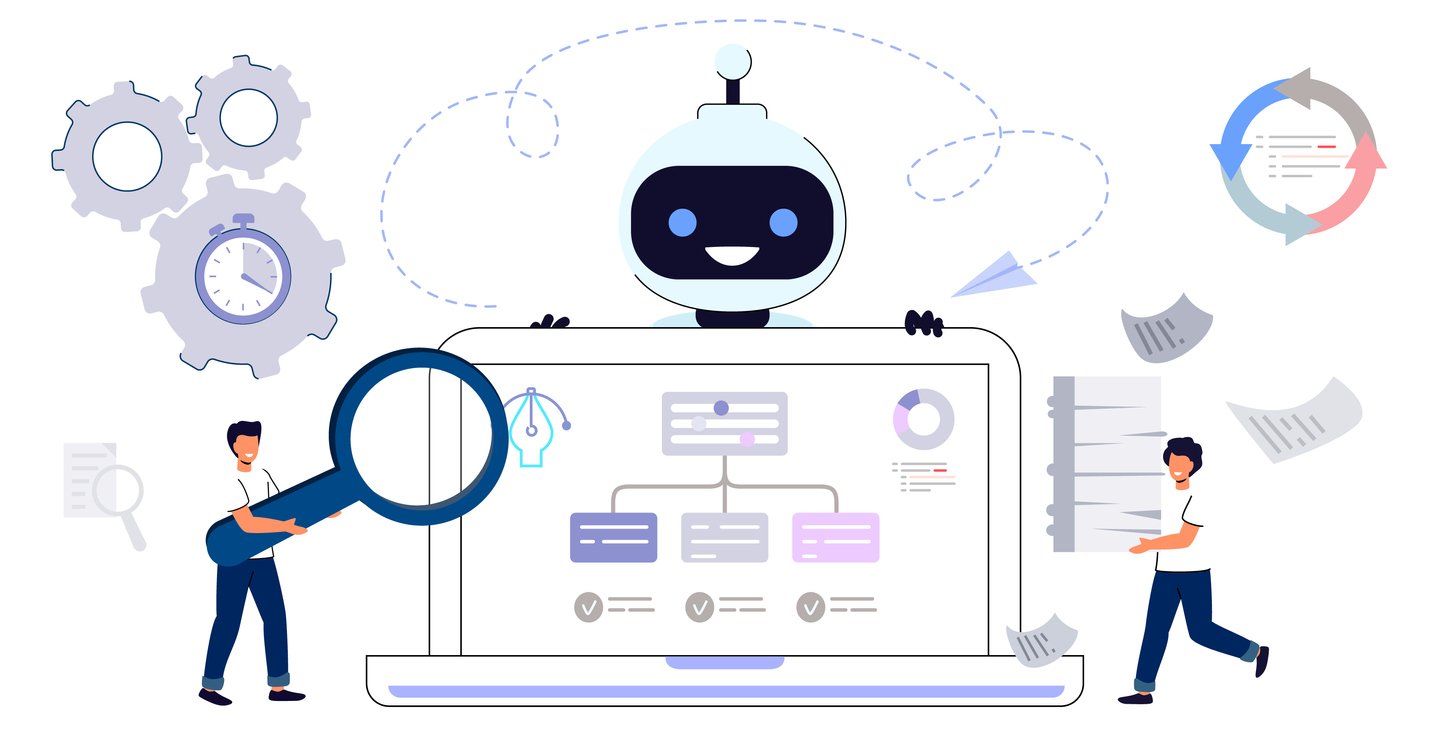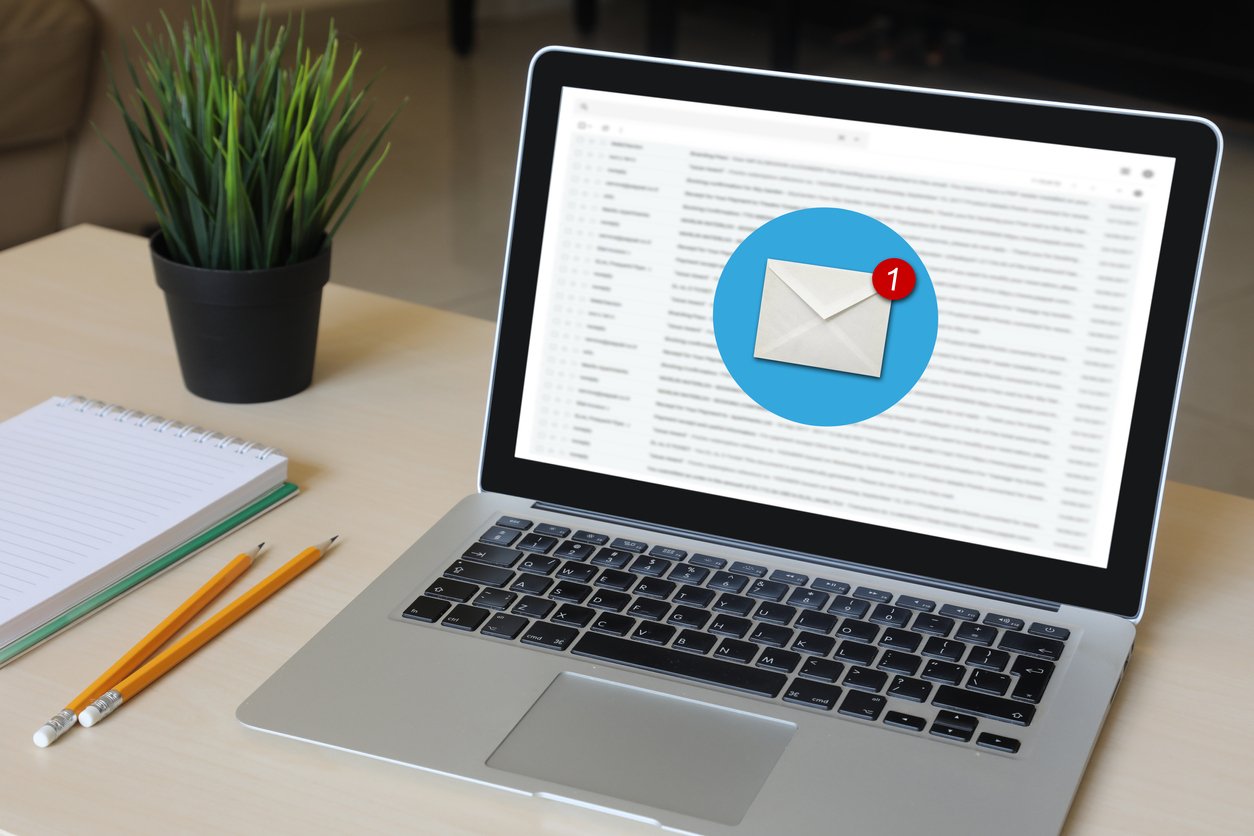
Optimizing B2B Customer Acquisition Strategy with Lead Scraper Tools
 Updated on
Updated on
 By Bradley Kovacs
By Bradley Kovacs
Bradley Kovacs
Bradley has been passionate about technology since childhood, starting with Microsoft Flight Simulator at age six. In college, he automated his data e...
learn more
Bradley Kovacs
Bradley has been passionate about technology since childhood, starting with Microsoft Flight Simulator at age six. In college, he automated his data e...
Table of Contents
Table of Contents
You know that feeling of accomplishment after closing a big deal? It's fantastic.
But let's be honest. The real struggle lies in finding those qualified leads in the first place. Studies show that 61% of B2B marketers struggle with lead generation. That's a lot of time and resources spent searching for that elusive "perfect fit" customer.
Enter lead scraper tools—automation's answer to endless hours of manual lead hunting. These powerful tools can automate the process of collecting valuable contact information, giving you back precious time to focus on nurturing those leads and closing those deals.
So, let's see how lead scraper tools can help you optimize your customer acquisition strategy while freeing you up for the tasks that really matter.
What is Lead Scraping and Why is it Critical for B2B Customer Acquisition?

Lead scraping is the process of extracting valuable contact information from websites, databases, or social media platforms using specialized tools.
Essentially, it automates the data collection process by "scraping" publicly available information, such as emails, phone numbers, and company details. It allows businesses to gather potential leads without spending hours combing through endless pages manually.
In a B2B customer acquisition strategy, lead scraping plays a crucial role in helping businesses fill their pipelines with high-quality prospects. By targeting the right people—decision-makers, managers, and influencers—you're not just reaching out to any company but to the ones most likely to convert into valuable clients.
This is where lead scraper tools, like Ringy's lead scraper tool, can save you both time and effort by capturing this data with precision and speed.
Benefits of Using Lead Scrapers to Gather Targeted Data Efficiently
Using a B2B lead scraper tool offers several key benefits that can transform your customer acquisition strategy from “scattershot” to laser-focused. Here's how:
1. Efficiency and Speed
Instead of manually searching for leads on LinkedIn or websites, a lead scraper tool does the heavy lifting. It combs through vast amounts of data and pulls the contact information you need in a fraction of the time. Imagine how much more your sales team can accomplish when they're not bogged down by data entry.
2. Targeted Data Collection
With a business lead scraper, you can fine-tune your search criteria to focus on specific industries, job roles, or geographic locations. This targeted approach means you're gathering leads that fit your ideal customer profile (ICP) rather than wasting time on irrelevant prospects. The more relevant your leads, the higher your chances of success in moving them down the sales funnel.
3. Cost-Effective
Many businesses think they need a massive budget for effective lead generation, but that's not always the case. With the right lead scraper software, you can get access to a steady stream of qualified leads without breaking the bank. Free lead scraper tools or lead scraper chrome extensions are available for businesses that want to test the waters before investing in premium versions. These cost-effective solutions can serve as a launching pad for companies looking to scale their customer acquisition without overspending.
4. Improved Lead Quality
Quantity is important, but lead quality is where the magic happens. By scraping specific, detailed information, these tools ensure that the leads you collect are already somewhat qualified—meaning they have a real chance of becoming paying customers. With the integration of our lead scraper tool, for instance, you not only get a list of potential contacts but also the ability to integrate them seamlessly into our CRM for automated follow-up and tracking.
5. Seamless Integration with CRMs
Speaking of CRMs, one of the standout features of top lead scraping tools is their ability to sync with CRM systems like ours. This allows your scraped data to be automatically stored, segmented, and nurtured through the customer journey.
Imagine scraping leads and then having your CRM launch an email campaign without you lifting a finger. Now, that's automation at its finest!
6. Scalability
As your business grows, so does the need for more leads. Lead scraping tools are easily scalable, allowing you to target larger pools of potential customers as your business expands. Whether you're a startup or an established company, these tools can grow with you, making it simple to keep your lead generation efforts aligned with your sales goals.
Choosing the Right Lead Scraper Tool for Your B2B Acquisition Needs

So, you've decided that lead scraping is the answer to your lead generation woes. But with so many tools out there, how do you choose the right one for your B2B acquisition needs? Don't worry. We're here to guide you through the process.
Key Factors to Consider When Selecting a Lead Scraper
The following factors are important to consider when choosing the right lead scraper tool:
- Data Accuracy: You don't want outdated contact information clogging up your CRM, do you? That's why data accuracy is a non-negotiable factor. Look for tools that pride themselves on regularly updating their databases or have mechanisms to verify the legitimacy of the data they pull.
- Customization Options: The best lead scraper software offers robust customization options, allowing you to refine your data-gathering process based on industry, geography, company size, job title, or even specific keywords. This kind of targeted scraping ensures that the leads you gather align closely with your ideal customer profile (ICP), giving you a better chance of success with your outreach campaigns.
- Integration with CRM Tools: Imagine scraping leads and then having to manually transfer them into your CRM system—talk about tedious! Integration with a CRM tool is crucial for seamless follow-up and lead nurturing. Look for lead scrapers that can sync effortlessly with your CRM of choice, be it Ringy, HubSpot, or Salesforce. Ringy, for instance, has a built-in lead scraper tool that integrates directly into its CRM system, making it easy to manage and nurture your leads from the moment you capture them.
- Scalability: Ensure that the tool you select can handle increasing data loads and adapt to the changing demands of your acquisition strategy.
- Ease of Use: Your lead scraper should be intuitive, easy to set up, and require a minimal learning curve. Look for tools with user-friendly interfaces, clear tutorials, and responsive customer support to help you hit the ground running without technical headaches.
Comparison of Different Types of Lead Scrapers
Now that you know what to look for, let's break down the different types of lead scrapers available and how they stack up against each other.
|
Lead Scraper Type |
Features |
Pros |
Cons |
|
Cloud-Based Lead Scrapers |
Data is stored and processed in the cloud and accessed via a web interface. |
|
|
|
Chrome Extensions |
Lightweight tools that run within the Chrome browser. |
|
|
|
Downloadable Software |
Installed directly onto a computer and works offline. |
|
|
Ultimately, the best lead scraper tool for you will depend on your specific needs and budget. Consider your team's technical skills, the volume of leads you need, and the level of customization you require.
Remember, a good lead scraper tool is an investment. It can help you save time, improve your lead quality, and ultimately grow your business.
Exploring Free vs. Paid Lead Scrapers: Which One Fits Your Strategy?

The age-old question: free or paid? When it comes to lead scrapers, the answer isn't always as simple as it seems.
Here's a quick comparison of free vs. paid lead scrapers:
|
Aspect |
Free Lead Scrapers |
Paid Lead Scrapers |
|
Cost |
$0, perfect for startups and small businesses. |
Subscription-based, but with advanced features. |
|
Scalability |
Limited, often capped at a small number of leads. |
Scalable to handle large data sets. |
|
Data Accuracy |
Basic, prone to inaccuracies or outdated information. |
Real-time validation and high accuracy. |
|
Features |
Simple scraping capabilities, no advanced filters. |
Advanced filters, segmentation, and targeting. |
|
CRM Integration |
Rare, manual data transfer is required. |
Seamless integration with popular CRMs. |
|
Support |
Minimal or no support. |
Full customer support and troubleshooting options. |
Advantages of Using Free Lead Scrapers
Who doesn't love free tools, right? Free lead scrapers can be an excellent option for businesses just starting out, those operating on tight budgets, or teams wanting to test the waters before diving into a full-fledged lead-scraping strategy.
- Cost Savings: The obvious perk here is that free lead scraper tools don't cost you a dime. This makes them an attractive option for startups, small businesses, or solo entrepreneurs looking to save on marketing expenses while still gathering leads.
- Ease of Use: Many free tools are designed to be simple and easy to use, with limited functionality, which makes them perfect for quick jobs. For example, a basic free business lead scraper might let you pull a small set of contact details from a single website quickly, without having to dive into complex configurations.
- Accessible for Beginners: If you're new to lead scraping, a free tool lets you get hands-on experience and explore how scraping works without feeling overwhelmed by too many features or functions.
Limitations of Free Lead Scrapers
While there are clear benefits to using free tools, there are also a few limitations you'll need to navigate.
- Data Accuracy Concerns: Free lead scrapers often don't have the same data accuracy guarantees as paid tools. This can result in outdated or incomplete information, meaning you'll need to manually verify leads before importing them into your CRM.
- Limited Features: Free tools typically have fewer features than paid options, such as advanced filtering, data enrichment, and integration with CRM tools.
- Data Limitations: Some free tools may limit the amount of data you can extract or the frequency of use.
- Ads and Pop-Ups: Many free tools rely on ads and pop-ups to generate revenue, which can be annoying and distracting.
- Lack of Support: If the scraper isn't working or you encounter a bug, you're often on your own to troubleshoot. For businesses that rely heavily on lead scraping for acquisition, this can pose a major risk.
When Businesses Should Invest in Paid Lead Scraper Tools for More Advanced Features
If lead generation is a key driver of your growth strategy, the enhanced functionality and data quality of paid tools can more than justify the cost.
Here's when it's worth making the switch:
- You Need Scalability: Paid lead scrapers, such as our lead scraper, often come with unlimited or high-capacity scraping capabilities, ensuring that your lead generation efforts can scale with your business needs.
- Advanced Filtering and Targeting: Paid lead scraper software allows you to apply more sophisticated filters, segment your audience, and focus on highly targeted data. This means you can search based on specific criteria like job title, company size, and location, ensuring that the leads you're gathering are a good fit for your business.
- Data Accuracy and Validation: With features like email validation, duplicate detection, and periodic database updates, paid tools ensure that your CRM stays filled with actionable leads. For example, Ringy's lead scraper tool integrates directly into its CRM system, offering real-time syncing and automated data updates to ensure accuracy.
- CRM Integration: Paid tools often come with built-in compatibility with popular CRMs like HubSpot and Salesforce, allowing you to automatically import and organize leads without the hassle of manual entry. This saves time and reduces the risk of human error in transferring data from one platform to another.
- Support and Security: With a paid subscription, you're investing not only in better features but also in customer support and enhanced data security. Paid lead scrapers typically offer ongoing customer support, helping you resolve any issues quickly. They also prioritize data security, ensuring that any sensitive information you collect is protected by encryption and other security measures.
Using a B2B Lead Scraper to Build Your Customer Acquisition Funnel

Let's break down how to integrate a B2B lead scraper into your customer acquisition funnel step by step.
1. Gathering Leads (Top of the Funnel)
The top of the funnel is all about awareness—casting a wide net to gather as many leads as possible. This is where a business lead scraper shines, pulling in massive amounts of contact data from websites, social media platforms, and databases.
At this stage, you should focus on the following:
- Identify Your Target Audience: Who are the ideal customers for your business? Define your target audience based on factors such as industry, company size, job title, and location.
- Set up Your Lead Scraping Campaign: Use your lead scraper tool to create a campaign that targets your ideal audience. This may involve specifying keywords, search terms, or geographic locations.
- Extract Lead Data: Let your lead scraper do its magic and extract contact information from your target audience.
However, gathering leads is just the start. As the funnel narrows, the challenge is sorting through those leads to find the best prospects.
2. Qualifying Leads Through Data Analysis (Middle of the Funnel)
In the middle of the funnel, the focus shifts from gathering data to analyzing and qualifying it. This is where the magic happens—taking your broad set of leads and filtering them down to the ones most likely to convert.
Here's how lead scraping enhances the middle of the funnel:
- Segmentation and Targeting: Most advanced lead scraper tools allow you to filter leads by specific criteria, helping you create segmented lists. This targeting ensures you're not wasting time on leads that aren't a good fit.
- Enriching Your Data: Use data enrichment tools to add additional information to your leads, such as company size, revenue, and social media profiles.
- Data Validation and Accuracy: By integrating your lead scraper tool with your CRM—as you can with Ringy—you ensure that only the most up-to-date, verified leads are moving forward in your funnel. This eliminates dead leads and cuts down on time wasted by your sales team.
Once you've qualified your leads and narrowed your focus, the next step is to nurture and convert them.
3. Nurturing and Converting Leads into Customers (Bottom of the Funnel)
At the bottom of the funnel, it's time to turn those qualified leads into paying customers.
Here's how:
- Personalized Follow-up: With all the enriched data gathered by your B2B lead scraper, your sales team can craft personalized outreach messages that speak directly to a lead's pain points and needs.
- Automated Nurturing Sequences: Many lead scraper tools integrate seamlessly with CRM platforms, allowing you to set up automated nurturing sequences based on the data you've collected.
- Lead Scoring and Prioritization: By using data like engagement levels, email responses, or even job title changes, your lead scraper tool can help with lead scoring. This means assigning a value to each lead based on their likelihood to convert, helping your sales team prioritize their efforts. For example, a C-level executive actively visiting your pricing page could receive a higher score and be passed to sales immediately.
- Tracking Conversions: Finally, as leads move closer to conversion, tracking is key. Many paid tools, including our lead scraper, allow you to track interactions and responses in real-time, helping you know exactly when a lead is ready to make a purchasing decision.
Measuring the Success of Your Lead Scraping Efforts

Lead scraping tools are fantastic for pulling in massive amounts of data, but how do you know if your efforts are actually paying off? The answer lies in metrics. Measuring the success of your B2B lead scraper efforts ensures that you're not just collecting data for the sake of it but using it to drive results.
By tracking key performance indicators (KPIs), you can refine your strategy and optimize your acquisition funnel.
Key Metrics to Track the Performance of Lead Scraping Tools in Your Customer Acquisition Strategy
Let's look at the essential metrics you should be tracking.
- Lead Quality and Conversion Rates: Are the leads you're generating high-quality leads that are likely to convert? Track your lead conversion rates to assess the effectiveness of your lead scraping efforts.
- Cost Per Lead: Calculate the cost per lead to determine the efficiency of your lead generation activities. To calculate CPL, take the total cost of using your lead scraper software—including subscription fees, setup costs, and even labor—and divide it by the number of leads generated. This metric can help you compare the cost-effectiveness of different lead-scraping tools and strategies.
- Time Saved Through Automation: How much time have you saved by using a lead scraper tool? Let's say a salesperson spends 10 hours per week researching and gathering contacts. With an automated lead scraper tool, that time could be reduced to just a few minutes of setup and monitoring. Over time, this translates into hundreds of hours saved, which can be allocated to higher-value activities like customer engagement.
How to Use These Metrics to Refine Your Strategy and Choose the Best Lead Scraper Tool for Your Business
Tracking these key metrics—lead quality, conversion rates, cost per lead, and time saved—gives you valuable insights into the performance of your lead scraping efforts. However, the real value comes from using these insights to refine your strategy.
Here's how:
- Identify Areas for Improvement: If your lead quality or conversion rates are low, analyze your lead generation process to identify areas for improvement. This may involve refining your targeting criteria, adjusting your lead nurturing strategies, or trying a different lead scraper tool.
- Optimize Your Lead Scraping Campaigns: Use the data you've collected to optimize your lead scraping campaigns. For example, if you find that certain targeting criteria are generating more high-quality leads, focus on those criteria in future campaigns.
- Compare Different Lead Scraper Tools: If you're not satisfied with the performance of your current lead scraper tool, consider testing other options. Compare the performance of different tools based on the metrics you've tracked.
Conclusion
By using lead scraper tools, you can gather high-quality, targeted leads, reduce costs, and save time—all while ensuring that your sales team has the resources they need to close deals effectively. From choosing between free and paid tools to integrating lead scraping into your acquisition funnel, every step in this process is essential for long-term business growth.
But no tool is effective in isolation. That's where a robust CRM like Ringy comes in.
With Ringy's lead scraper tool, you can seamlessly gather and manage your leads within the same platform, ensuring that your data is accurate, your processes are streamlined, and your outreach is efficient.
The best part? Ringy doesn't just stop at scraping leads. As an all-in-one CRM, it helps you nurture and convert those leads into loyal customers through personalized communication and automation.
Try Ringy's lead scraper tool today and see how it can transform your customer acquisition strategy. Whether you're a growing business or a seasoned pro, Ringy has the features you need to capture, manage, and convert leads all in one place.

Skyrocket your sales with the CRM that does it all.
Calling? Check. SMS? Check. Automation and AI? Check. Effortlessly keep in touch with your customers and boost your revenue without limits.

Take your sales to new heights with Ringy.
Sales in a slump? Ringy gives you the tools and flexibility you need to capture leads, engage with them, and turn them into customers.
Subscribe to Our Blog
Enter your email to get the latest updates sent straight to your inbox!
Categories
Related Articles




